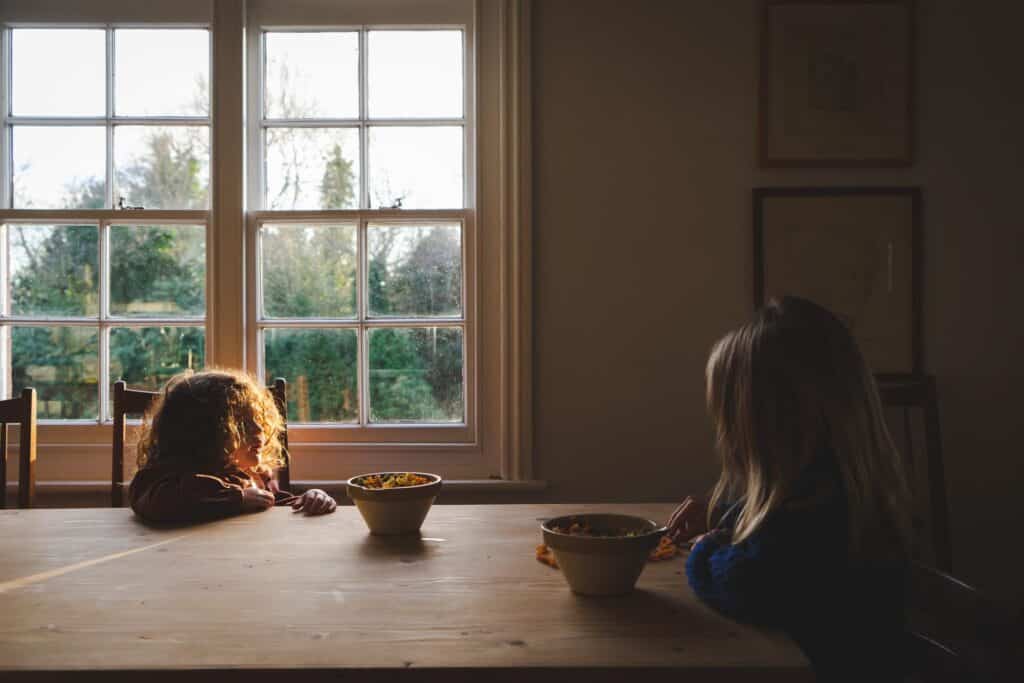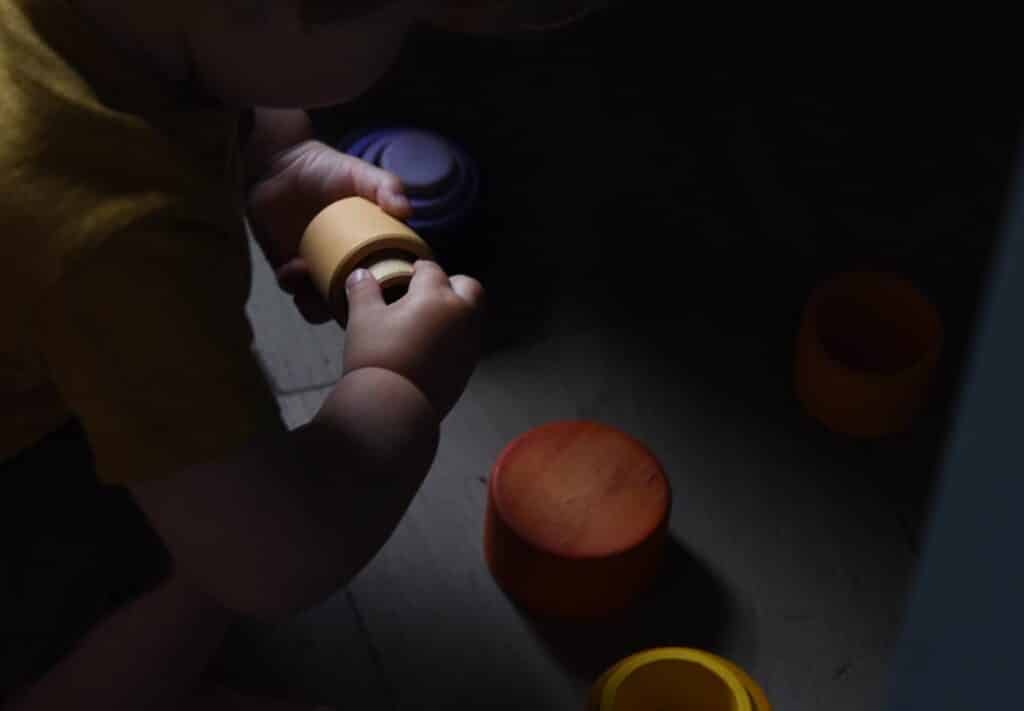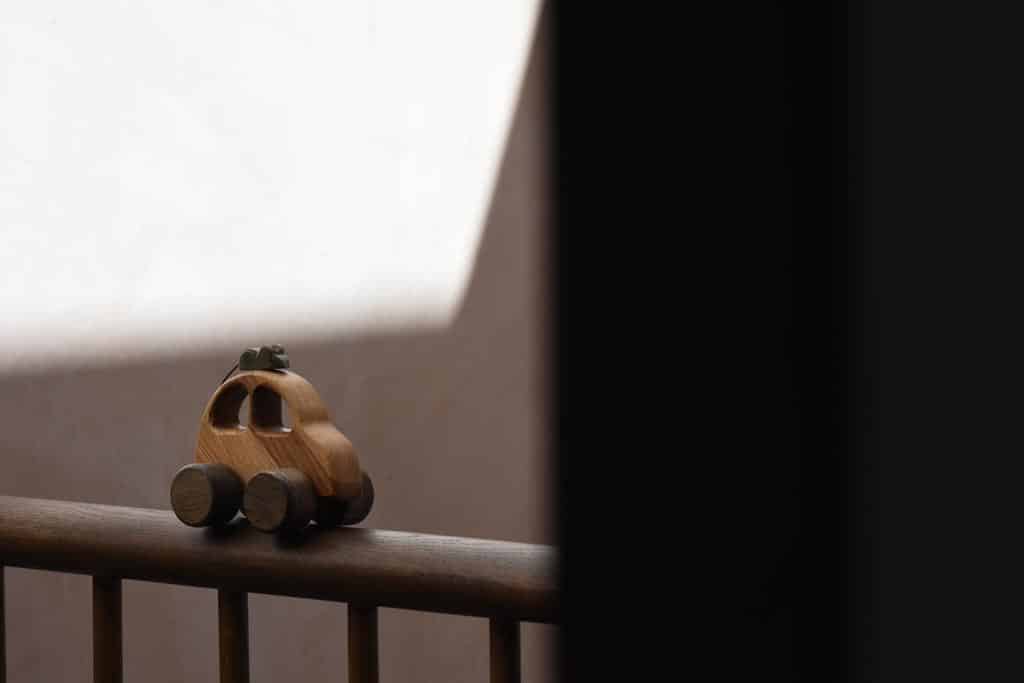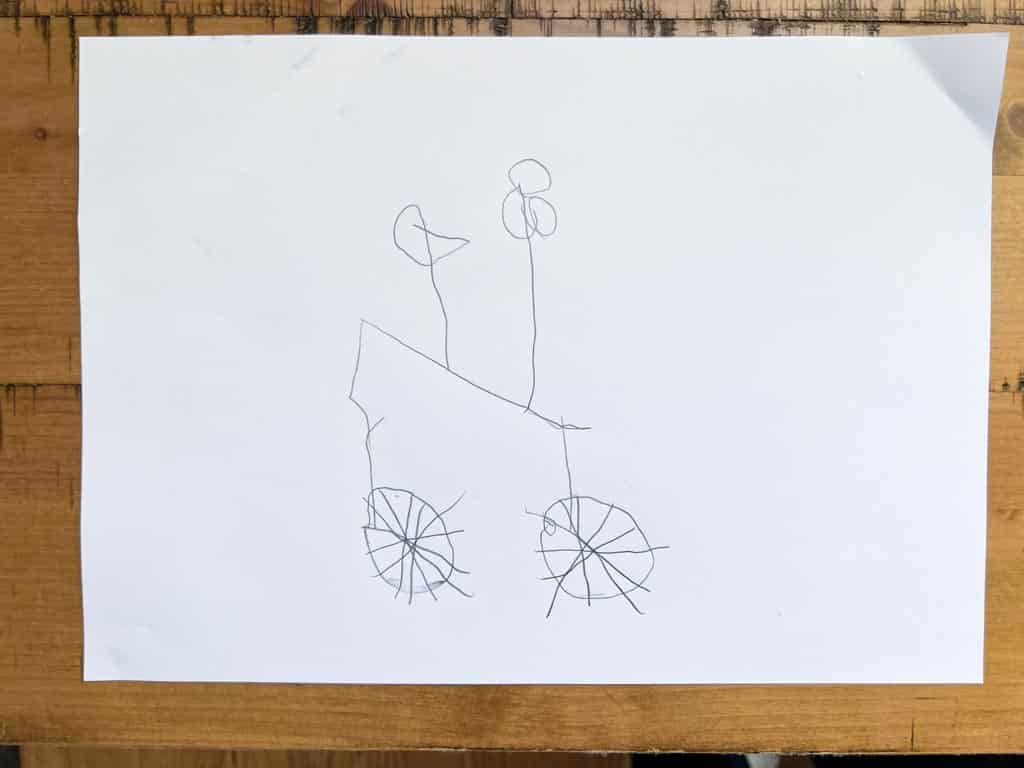Have your keys ever gone missing?
Or perhaps your phone?
You were sure you put them down on the coffee table but suddenly they were gone.
Cue an hour of increasingly frantic searching. Where could they be? Things don’t just disappear.
So you go to your computer and log in to ‘Find my iPhone’.
Ping! Ping!
Where is that sound coming from? Behind the radiator? How did it get there?
There is a bandit in the house. And she is obsessed with the posting schema:
Your toddler.
Decoding schemas
Schemas are mental models that children make to help them understand how things work. When your child repeats an action many times it is because she is testing to see if her schema, her understanding, matches reality. If her tests return expected results, she is satisfied and moves on; if they don’t, she tests again.
The posting schema: A toddler’s fun experiment
Will it fit?
Where do things go when I drop them into holes?
Do they disappear forever?
Do they reappear at the bottom?
If I put my hand in, can I get them out again?
These are the questions your child is asking herself when she drops your keys into a dark recess. And she will continue until she is happy with the answers, until her schema matches the world she sees.
In essence, posting is an investigation into object permanence, the idea that things continue to exist even when they are out of sight. But it’s also a masterclass in spatial reasoning: How can I get this object to fit? Is it too big for the hole? Will it go in if I rotate it?
Connecting posting to the enveloping schema
In theory, there number of schemas is limitless. But for the sake of clarity, we often divide them into eight main types. One of these is the enveloping schema, the idea that things can be covered up or put inside something else. A doll is wrapped in a blanket, a toy goes into a box, a wooden train rolls into a tunnel.
As you can see, ‘posting’ is really just ‘enveloping’ by another name. It’s more relatable and so it is more widely adopted.
Posting schema activities
DIY Posting Box: Create a simple posting box by using a cardboard box or an old wipes container. Make slots or holes of different sizes in it. Provide the toddler with a variety of objects such as blocks, pompoms, or plastic bottle caps to post through the holes.
Pasta Posting: Take an empty, clear plastic bottle and some uncooked pasta. Show your child how to put the pieces of pasta through the neck of the bottle. Not suitable at the mouthing stage!
Pom Poms and Cardboard Tube: Tape a cardboard tube vertically to a table leg or chair leg. Provide your toddler with pom poms to drop into the top of the tube. She will love watching the pom poms disappear and then reappear at the bottom.
Nested Measuring Cups: Give your toddler a set of nested measuring cups or stacking cups. Show her how to put the smaller cups into the larger ones. She might also enjoy putting other small objects inside the cups.
Coin Slot Jar: Take an empty plastic jar with a screw-on lid, like a peanut butter jar. Cut a slot in the lid large enough for coins or plastic chips to fit through. Again, not suitable at the mouthing stage or with very small pieces. Over-sized buttons work well.
Stuffed Animal Basket: Provide a basket or large container and an assortment of small stuffed animals or plush toys. Your child will enjoy taking them out and putting them back in again.
Pipe Cleaners and Colander: Give your toddler a colander and some pipe cleaners. Show her how to insert the pipe cleaners into the holes of the colander. It’s tricky but lots of fun.
Tunnel Play: To really understand posting, your child has to ‘post’ herself. Use play tunnels or simply climb into a cardboard box. She thinks you can’t see her. And for a moment, if you pretend she isn’t there, she has a moment of doubt. Perhaps I really have disappeared? It’s a hilarious game. But be prepared – you will be asked to play it over and over again!
These activities not only engage in the posting schema but also help in developing fine motor skills, hand-eye coordination, and understanding of spatial relationships. Always supervise toddlers during these activities to ensure safety.

The posting schema and heuristic play
Expanding the discussion, it’s noteworthy how the posting schema relates to heuristic play—a type of play that emphasizes natural exploration and the learning that comes from it. When children indulge in posting, they’re essentially participating in heuristic play.
In heuristic play, children explore the world around them using their senses and motor abilities. They manipulate, experiment, and learn through direct interaction with everyday objects. The action of posting, therefore, is a form of heuristic play because it involves the use of problem-solving skills and promotes understanding of cause and effect.
Final word
So, the next time you see your toddler posting your keys or their toys into odd places, remember that it’s not just mischief they’re up to. They’re conducting vital experiments and learning about the world. This heuristic play—their natural way of learning—is setting the foundation for their understanding of more complex concepts in the future.
In a way, the posting schema, and by extension, heuristic play, serves as a testament to the limitless curiosity and the innate exploratory nature of children. It’s their way of slowly, but surely, getting a grasp on the world that surrounds them, one ‘posted’ key at a time.

Have you run out of ideas?
What if you didn’t have to trawl the internet for play inspiration? What if your child’s freely-chosen activities were simple to set up, educational and deeply engaging?
How would that change things?
Our courses, A Year With My Child, Get Set Five and 5 Plus are designed for parents of toddlers, preschoolers and the over 5s and they’re packed full of fun and sensible advice.
Enter your email and we’ll send you free modules from each course. And then sit back and relax as your child learns to make her own fun.




